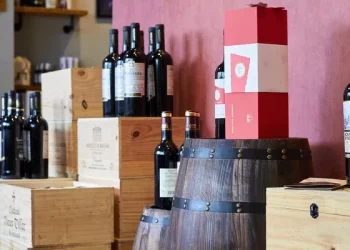Are you a hopeless romantic looking for an aristocratic engagement?
Consider the horse-eye diamond ring: it’s absolutely gorgeous.
It has something to do with royalty.
And it looks brilliant on your finger.
But before you buy, know some caveats.
“Marquise,” pronounced “mahr-keez,” is an elegant, slender diamond with curved side curves and tapering ends.
The name was coined in France in the 1740s and is said to have come from the Marchioness de Pompadour, mistress of French King Louis XV, because the shape resembles the lips of Madame de Pompadour.
A horse-eye diamond is also called a navette (” little boat “in Old French).
Shaped like a racing boat hull, sailing was a great passion of Edward VII, the Edwardian king of England, and his wealthy contemporaries in the early 20th century.
Horse-eye diamonds were also very popular in the 1970s, especially as bridal jewelry, but they fell out of favor in the early 2000s in favor of square-form cut-ground diamonds.
But the horse-eye diamond still has many advantages.
Because of its unusual shape, the front of a horse-eye diamond looks larger than a round diamond of the same weight.
Many brides also like the horse-eye shape because it makes their fingers look slimmer and longer.
The horse-eye shape is considered a “fancy shape”, which means it is not round.
To pick out a beautiful horse-eye diamond, you need to know its components.
Abdomen: Central region with most lateral curves.
This is the most important position for a horse-eye diamond – the width of the diamond is measured at this position.
Tip: The point where two curved edges meet.
Wing: Curved area between belly and tip.
Girth: The junction of the crown (top of the diamond) and the pavilion (bottom) determines the perimeter of the diamond.
Keel line: the bottom of the fancy cutting mill, the place where the face of the pavilion meets.
Its length is the same as that of a diamond, and sometimes contains or exceeds the sharp bottom surface of the center.












































